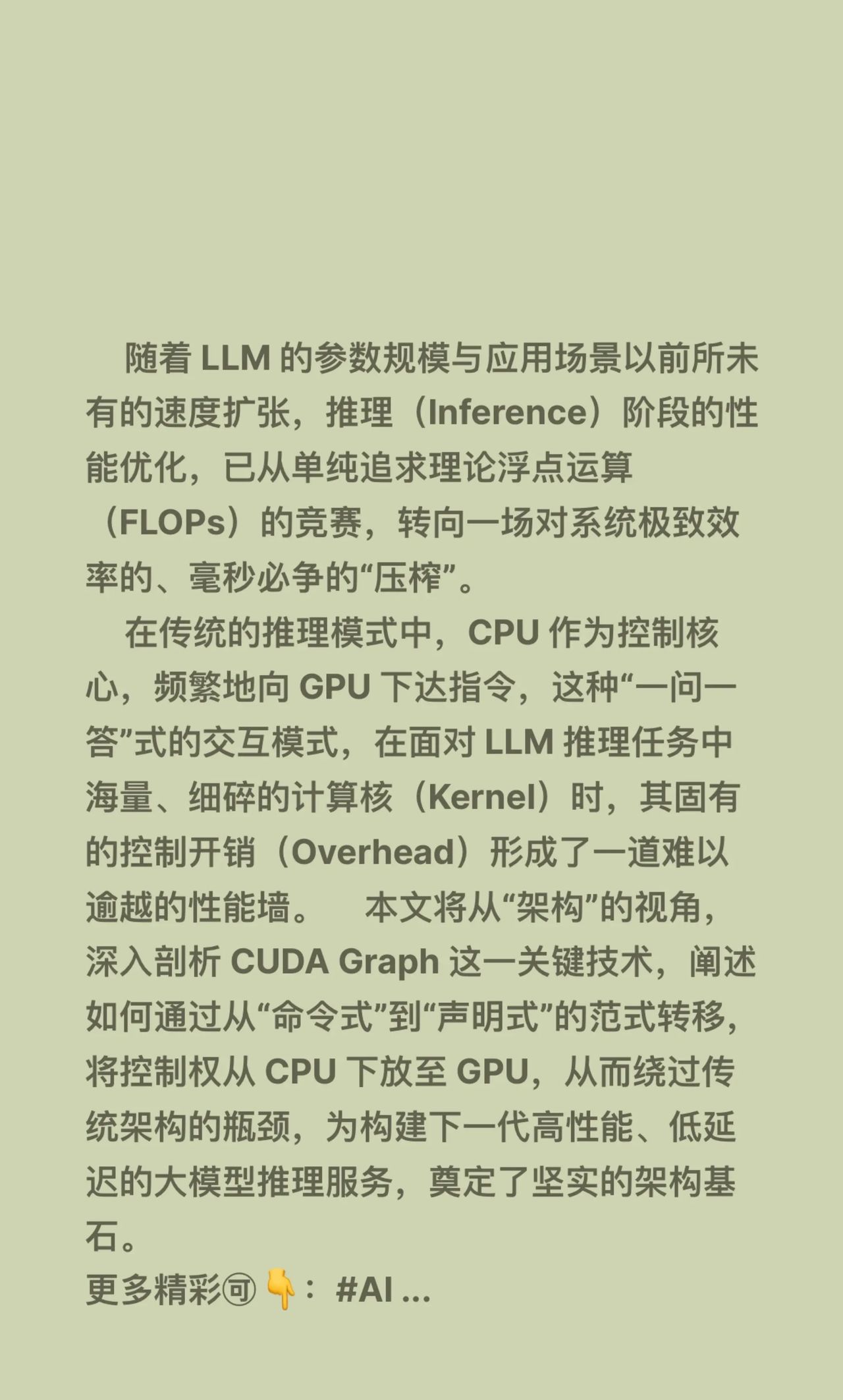“Writing is basically an iterative process. It is a rare writer who dashes out a finished piece; most of us work in circles.”
— Dale Dougherty & Tim O’Reilly
写作本质上是一个反复迭代的过程。很少有作家能一挥而就写出完美的作品;我们大多数人都是在不断循环修改中完成写作的。
在 Go 开发中,“写完即上线”是危险的幻觉。真正健壮、可演进的系统,诞生于红 → 绿 → 重构的循环之中。本文将带你深入这一过程,结合真实案例,提炼出 Go 工程师进阶必备的 5 大核心技巧。
🧪 1. TDD 不是“先写测试”,而是“用测试驱动设计”
很多人误以为 TDD = “先写一个测试函数,再补实现”。这太浅层了。真正的 TDD 是通过测试来澄清接口契约与边界行为。
✅ 技巧:从 输出行为 出发,而非实现细节
以
ListItems([]string) string
| 输入 | 期望输出 |
|---|---|
|
|
|
|
|
|
|
|
💡 关键点:测试用例本身是活的文档。它描述了函数的“语义合约”,远比注释更可靠。
func TestListItems(t *testing.T) {
cases := []struct {
name string
items []string
want string
}{
{"empty", []string{}, ""},
{"one", []string{"a key"}, "You can see a key here."},
{"two", []string{"a key", "a battery"}, "You can see here a key and a battery."},
{"many", []string{"a", "b", "c"}, "You can see here a, b, and c."},
}
for _, tc := range cases {
t.Run(tc.name, func(t *testing.T) {
got := ListItems(tc.items)
if got != tc.want {
t.Errorf("got %q, want %q", got, tc.want)
}
})
}
}
📌 进阶提示:
使用
t.Run
name
TestListItems/empty
🛑 2. “红”不等于失败:它暴露的是认知盲区
当测试变红(甚至 panic),这不是 bug,而是设计反馈。
🚨 案例复盘:panic 的根源 ≠ 实现错误,而是契约未覆盖
// 初始错误实现
if len(items) < 3 {
return result + items[0] + " and " + items[1] + "." // ❌ items[1] 在 len=1 时越界!
}
→ Panic 提醒我们:“小于 3”不是原子条件,应拆分为
0
1
2
✅ 技巧:拥抱“最小可工作实现”(Minimal Viable Code)
不要试图一步写出“完美逻辑”。先让当前测试通过,哪怕用 if-else 堆叠:
func ListItems(items []string) string {
if len(items) == 0 {
return ""
}
if len(items) == 1 {
return "You can see " + items[0] + " here."
}
if len(items) == 2 {
return "You can see here " + items[0] + " and " + items[1] + "."
}
// default: 3+
last := len(items) - 1
return "You can see here " +
strings.Join(items[:last], ", ") + ", and " + items[last] + "."
}
✅ 此时代码“丑”,但 100% 正确,且测试全绿——这是重构的唯一安全起点。
🧹 3. 重构:不是美化,而是提升可验证性与可推理性
重构 ≠ 重写。它的唯一目标是:让代码更易被人类理解,同时保持行为不变。
✅ 技巧 1:用
switch
if
switch
if
func ListItems(items []string) string {
switch n := len(items); n {
case 0:
return ""
case 1:
return fmt.Sprintf("You can see %s here.", items[0])
case 2:
return fmt.Sprintf("You can see here %s and %s.", items[0], items[1])
default: // n >= 3
last := items[n-1]
others := strings.Join(items[:n-1], ", ")
return fmt.Sprintf("You can see here %s, and %s.", others, last)
}
}
n := len(items)
fmt.Sprintf
default
✅ 技巧 2:提取语义化辅助函数(当复杂度上升时)
若未来需支持“本地化”(i18n)或多风格输出(如“you spot: 🔑, 🔋”),可进一步解耦:
type ItemLister struct {
conjunction string // "and", "or", "und", etc.
}
func (l *ItemLister) List(items []string) string {
// ... same switch, using l.conjunction
}
🔑 黄金法则:只有当测试覆盖充分时,重构才是零风险的。
⚙️ 4. Go 特有的工程实践:让 TDD 更丝滑
✅ 技巧 3:用
go test -v -run TestName
go test -v -run TestName
只跑一个子测试:
go test -v -run TestListItems/two
go test --watch
gow
✅ 技巧 4:表驱动测试 +
cmp
cmp
对于复杂结构,避免手写
if got != want
import "github.com/google/go-cmp/cmp"
if diff := cmp.Diff(tc.want, got); diff != "" {
t.Errorf("mismatch (-want +got):
%s", diff)
}
→ 输出精准差异(尤其适合 struct/slice/map),远超
DeepEqual
✅ 技巧 5:用
//nolint
//go:generate
//nolint
//go:generate
临时容忍的“丑代码”?加
//nolint:gocritic
//go:generate mockery --name=Service
→ 让工具管理重复劳动,人专注逻辑设计。
🧭 5. 超越单元测试:构建可信系统的金字塔
| 层级 | Go 工具/实践 | 目标 |
|---|---|---|
| 单元测试 | |
快速验证核心逻辑 |
| 集成测试 | |
验证模块协作 |
| 端到端测试 | |
模拟用户真实路径 |
| 模糊测试 | |
发现边界崩溃(如解析器) |
| 基准测试 | |
量化性能,防退化 |
🌟 终极心法:
写那些能暴露问题的测试。
自信地重构那些已经通过的代码。
相关文章











